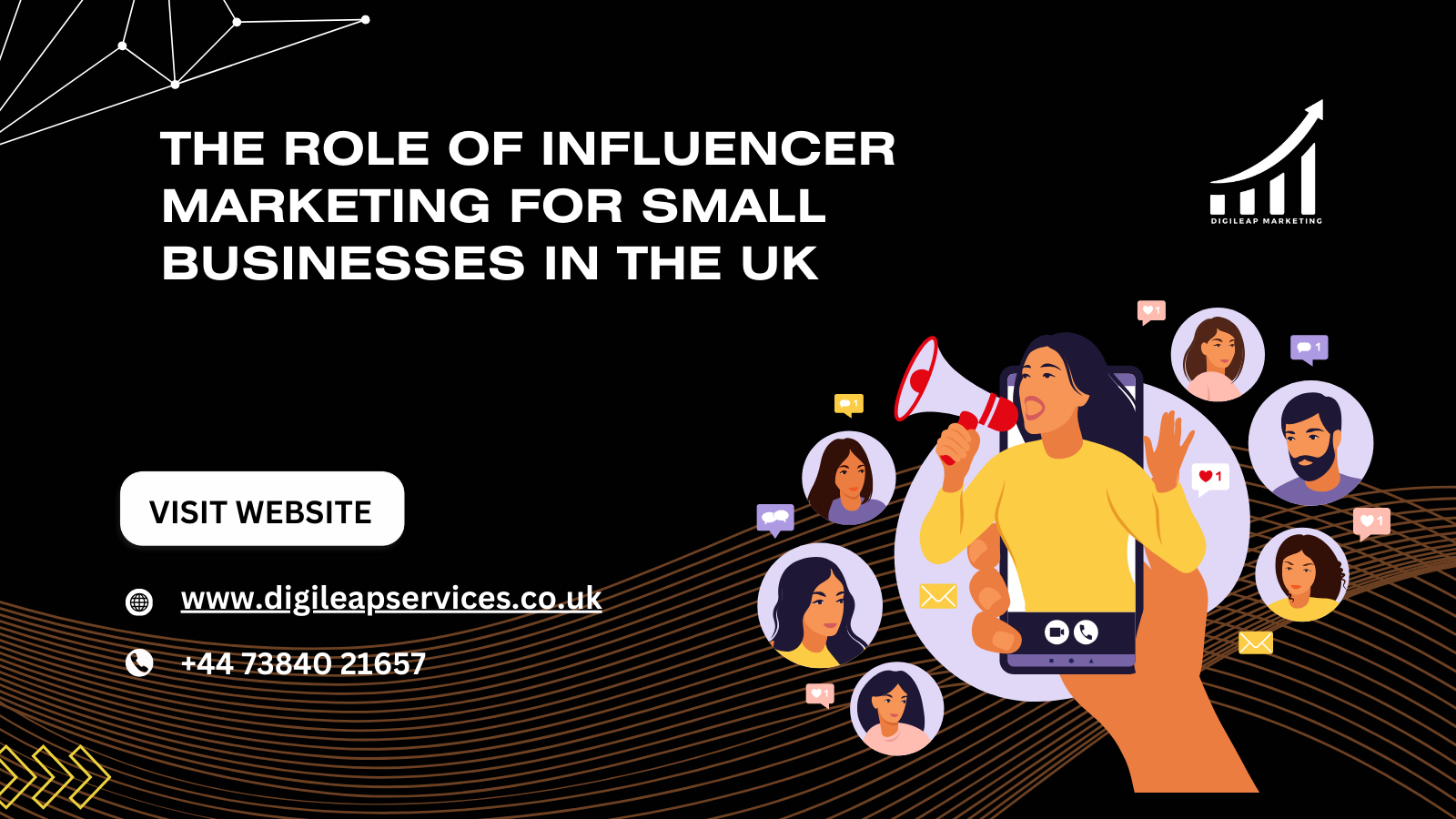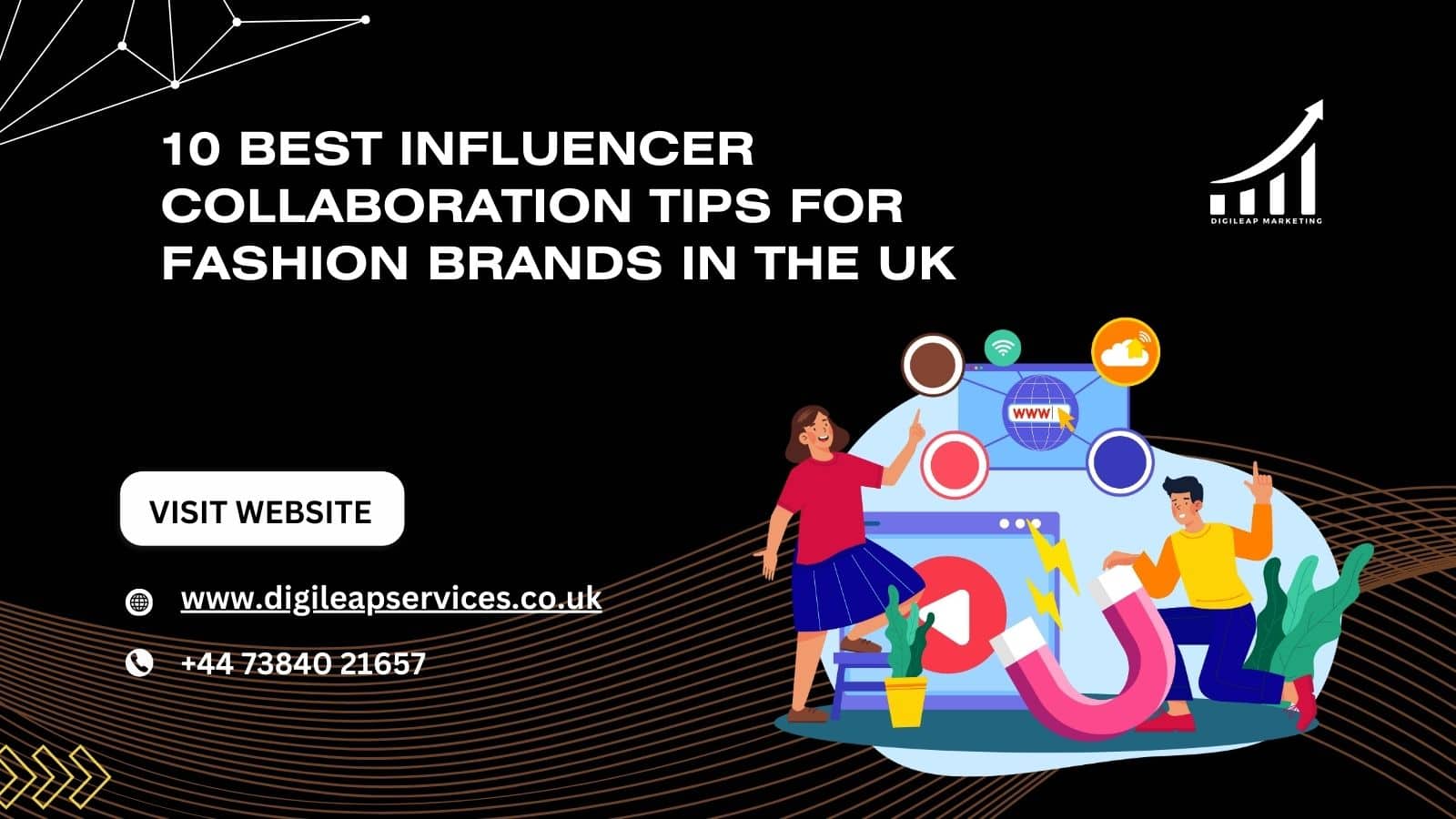The Role of Influencer Marketing for Small Businesses in the UK
Harnessing the Power of Influencer Marketing for Small Businesses
Small businesses within the UK often face the prospect of standing out in an aggressive market with confined sources. Traditional advertising techniques may be costly and inefficient for reaching niche audiences. This is in which influencer advertising will become a game-changer. By leveraging the credibility and reach of influencers, small companies can connect to their target audiences more efficiently. Influencer advertising is cost-efficient, scalable, and impactful, imparting a brand-new manner to foster engagement and develop brand awareness. Let’s explore the crucial function influencer advertising and marketing perform in boosting enterprise increase inside the UK.
1. What is influencer marketing?
The practice of working with people who have a devoted social media following and influence the purchasing decisions of their target audience is known as influencer marketing. These influencers act as dependents on voices, promoting your products or services through original storytelling. Unlike traditional marketing, influencer advertising fosters trust by integrating emblem messages into everyday conversations. Through a product overview or a creative Instagram reel, influencers build a bridge between brands and their target audience. Micro-influencers, especially, excel at connecting with niche markets due to their original content and loyal fans.
2. Why Small Businesses Should Consider Influencer Marketing
With influencer marketing, small businesses can find a budget-friendly substitute for costly advertising services. Smaller companies can also use similar influencers for specific audiences. An example of this is a bakery attracting customers close to it through a food blogger. Influencer marketing is almost measurable now, from increased mentions of social media to foot traffic in stores. In the UK, where purchasing is slowly becoming community-based, this platformed collaboration puts them at a great advantage.
Also Read ==> Top 10 Affordable Digital Marketing Strategies for Startups in 2025
3. Types of Influencers: Finding the Right Fit
Not all influencers are created equal, and selecting the right associate is key. Influencers are categorized into macro, micro, and nano tiers primarily based on their follower count. Small groups frequently gain the most from nano- and micro-influencers, who have between 1,000 and 100,000 followers. These influencers are lower-cost and have superior connections with their audience. For example, a craft store in London would possibly collaborate with a nano-influencer specializing in DIY projects. Digileap Services can assist in identifying influencers whose values align with your brand, ensuring an appropriate partnership.
4. Building Authentic Partnerships with Influencers
Authenticity is the cornerstone of profitable influencer marketing. Instead of virtually paying for posts, small organizations ought to focus on building genuine relationships with influencers. Collaborating on co-created content, such as tutorials or behind-the-scenes videos, ensures the partnership feels natural. For example, a skincare brand can work with an influencer to file their actual journey through the usage of the product. Aligning with influencers whose target audience overlaps with your target demographic is necessary for preserving trust and driving results.
5. Benefits of Influencer Marketing for Small Businesses
All benefits accrued from influencer marketing come in the short as well as the long term. The initial advantage is that it expands brand awareness by allowing your business to be known to many people. They act as reliable voices; their endorsement adds to your brand credibility. Thirdly, influencer marketing truly results in actions, including increased website traffic, lead generation, and sales. For example, after an influencer features a boutique fashion brand in a “Try-On Haul” video, that boutique sees an immediate spike in orders. When done right, small business influence can be a great engine for growth.
Also Read ==> Digital Marketing Trends in the UK: What to Expect in 2025
6. Measuring the Success of Influencer Campaigns
Success in influencer advertising and marketing is not simply about likes and shares—it’s about significant results. Key performance indications (KPIs) such as engagement rate, website clicks, and income conversions supply treasured insights. Tools like Google Analytics and social media monitoring platforms assist small companies in marketing campaign impact. For example, monitoring a distinctive discount code shared by an influencer can exhibit how many purchases it drove. Data-driven comparison ensures small companies can refine their techniques for the most ROI.
7. Common Mistakes to Avoid in Influencer Marketing
Influencer marketing has a lot of upsides, but there are still things that you want to avoid when engaging an influencer. Like choosing an influencer merely because of the number of followers they have. Their audience may not fit your target audience; thus, you might find your campaigns do not work as expected. Influencer marketing would be the failure to track the campaign performance. Then again, too-scripted collaborations can be less than sincere to audiences. And most importantly, the most critical factors for most small businesses would be the right mix, authenticity, and analytics in their influencer strategies.



